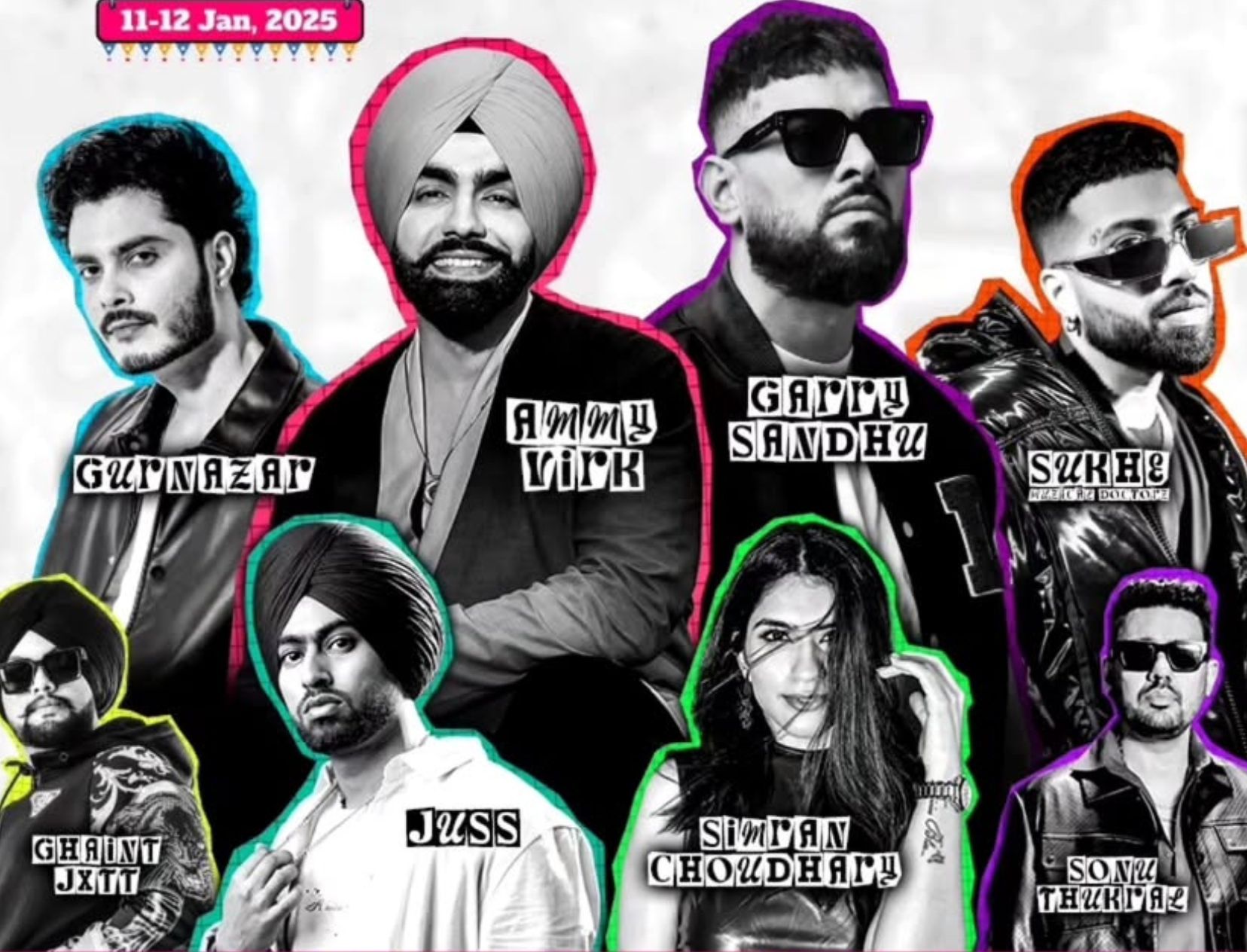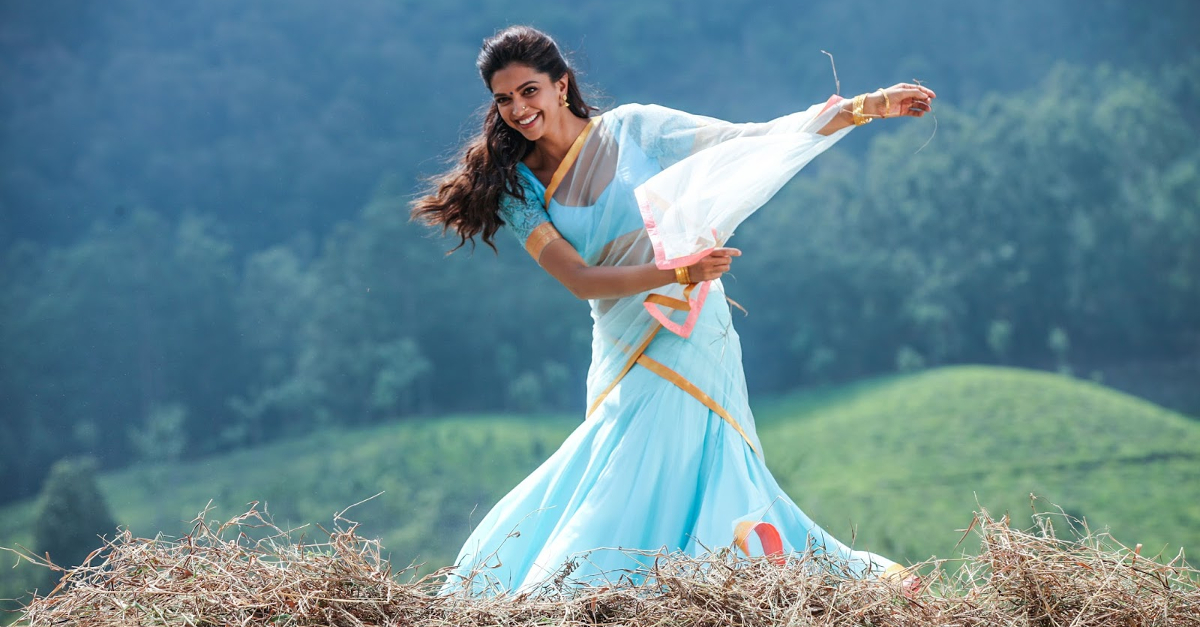No matter how much we may love our skirts and dresses, we have to admit that nothing makes us look more feminine, graceful and feel as fabulous as the age old saree. Trends keep changing and the styles of draping a saree keep evolving. But whenever we have a festival coming up, or we have to look our *desi* best, we always turn to our sarees! Ever wondered how this gorgeous wonder came into existence? Be it the term ‘saree’ or the styles of draping, there is so much more to sarees than we know! Here are 9 interesting facts every desi girl should know about sarees!
1. How it all started…
The saree evolved from a 3 piece attire called poshak. Antariya which has now become lehenga. Uttariya which used to be a shawl worn over the shoulders, has now become dupatta or ghoongat as we know it. The third piece, Stanapatta used to be a chest band which is now popularly known as choli.

2. Why ‘Saree’?
The term ‘sari’, also popularly known as ‘saree’, stems from the sanskrit word ‘sati’ which means a strip of cloth! This strip of cloth has now become an ethnic essential that our closets are incomplete without. Isn’t that fascinating?
Also read: 10 FAB Saree Draping Styles To Stand Out At All Those Shaadis!
3. How Long Is Long?
You probably already know how long a saree is since your mother loves her sarees way too much. But did you know that the length of a saree varies from 4 to 8 metres? Can you imagine what wearing an eight metre long saree would be like?

4. Drape It!
Did you know that there are over 100 ways of draping a saree? However, only 84 have archeological evidence, for the rest, though there isn’t any evidence.Yet we only know of a handful. We wonder if we’ll ever be able to try all the 84 styles!
5. Not Just One From Every Corner
If we start counting on our fingers the types of sarees that exist, we’ll surely need more than 10 fingers! There are over 5 types of sarees from each corner of India. That makes it more than 20 already! *Phew* How many do you know about? Read about the different types of sarees from across India you should own, here.

6.What’s The Nivi Style?
We all know what the most common way of draping a saree is. But do you know what it’s called? The Nivi style is today’s most popular way of wearing a saree. It’s origin lies in Andhra Pradesh!
7. From Dhoti To Saree!
From fishtail dhotis to sarees as we know them, our favourite ethnic wear attire has surely come a long way! Did you know that sarees were initially worn like dhotis? It was worn like a drape that separates both the legs because it helped women to work easily. Isn’t it funny how the dhoti style saree is now back in style?

8. An International Trend?
Did you know that saree is the national dress of Bangladeshi women? Sarees are also the most commonly worn garment by women in Nepal! On the contrary, even though sarees are flaunted by Indian women almost all the time, sarees aren’t the national wear for women in our country.
Also read: 23 Indian Fashion Terms Every *Desi* Girl Should Know!
9. It’s Not Always One-Piece
No, we’re not just talking about the dupatta that a bride wears with her wedding saree. Thanks to the culturally diverse country that we are, a few states have a different type of saree that involves more than just one long strip of cloth! The Assamese style saree called Mekhela Chador is a 3 piece garment and so is the one worn by Manipuri women while the Khasi style saree is made up of several cloth pieces! Interesting!
We just fell in love with our traditional sarees all over again! No matter how many new ways of draping come in, one thing we know for sure is that sarees will never go out of style!





